Working with remote teams and freelancers brings many benefits, like tapping into global talent and accessing specialised skills. However, it also poses unique management challenges that require adapting traditional office-based leadership strategies.
As remote work becomes the norm for many businesses, effective remote work management is crucial for supporting productive and engaged distributed teams.
This article shares the top five tips for leading virtual teams and freelance contractors successfully. Learn key strategies for facilitating seamless communication, aligning around shared goals, providing necessary resources, giving constructive feedback, fostering team cohesion, and more.
By implementing these recommendations, you can overcome geographic barriers and build thriving remote team environments rooted in flexibility, empowerment, and trust.
Table of Contents
Key Takeaways:
- Establish open and frequent communication channels leveraging digital tools
- Set clear objectives, milestones, and expectations for optimal alignment
- Equip teams with collaboration platforms and access to key resources
- Schedule regular check-ins and provide motivating feedback
- Strengthen relationships and cultivate team culture remotely
- Embrace flexible work arrangements centred around autonomy and accountability
Establish Clear Communication Channels
Clear and consistent communication serves as the lifeblood for effective remote work management. Without it, team members operate in silos, misalignment festers, and people feel disconnected.
Importance of Open and Frequent Communication
When managing remote workers, overcommunication becomes essential. With employees dispersed geographically, the organic interactions that happen in an office disappear.
As a remote team leader, you must replace hallway chit chat with purposeful efforts to keep people looped in. Asynchronous communication tools like email, messaging platforms, and collaboration software enable teams to exchange information without needing to coordinate schedules.
Use tools like Slack or Microsoft Teams for timely conversations, video calls for that face-to-face feeling, and project management platforms like Asana to distribute tasks and track workflows. Send out recaps and previews to align on priorities. And stay accessible through multiple channels.
By overcommunicating across mediums, you counteract psychological distance and information silos.
Overcoming Communication Barriers
Despite access to digital tools, communication barriers still arise with distributed teams. Conflicting schedules make coordinating tricky. And relying on text leaves room for misinterpretation.
Set norms around response times to avoid leaving questions unresolved for too long. For complex matters, pick up the phone or hop on video to clarify details and resolve confusion.
Designating topic-specific channels also helps organise conversations and ensures visibility. If information lives in one place, remote workers can easily get up to speed.
Through purposeful, structured communication powered by the right technology, you engender transparency and alignment—the bedrocks of high-performing virtual teams.


Set Expectations and Goals
With employees working outside a central office, creating alignment around goals and expectations becomes even more critical. Remote workers operate relatively independently, so without defined targets to anchor their efforts, productivity and cohesion suffer.
Defining Clear Objectives and Milestones
To align freelancers and remote staff, lay out unambiguous objectives and key results (OKRs) that everyone works towards.
Map out milestones and metrics that indicate progress towards broader targets. For example, you may set weekly check-in calls as a milestone on the path to improving communication rhythms.
With clear goals and benchmarks in place, remote workers can independently drive towards shared outcomes rather than relying on constant input. Explicit OKRs empower people to take initiative and make decisions aligned with top-level strategy.
The Role of Transparency in Expectation Management
For alignment to occur, openness around goals must permeate through all levels. When setting targets, communicate how they support overarching business objectives. Explain how individual roles ladder up to team success and positive company-wide impact.
Cascade essential context about organisational purpose, values and strategic priorities down to every employee. Even small details about department-specific roadmaps or new tools being evaluated provide helpful insight into the company’s direction.
Arm your remote teams with a clear line of sight into goals and support resources. Through transparency you give them the information they need to make smart decisions while staying true to the overall vision.
Utilize the Right Tools and Resources
With remote work infrastructure still developing in many organisations, managers often struggle to provide the appropriate tools and resources for distributed teams. But seamless access to collaboration platforms, knowledge repositories and technical capabilities empowers productivity.
Selection of Collaboration and Project Management Tools
As both leader and support person for your remote staff, staying on top of innovations within the remote work management tech stack is essential. Keep seeking better mousetraps.
The right collaboration tools remove friction from cooperating across distances. Platforms like Miro, Mural and Conceptboard provide interactive whiteboards for visual collaboration. Tools like Trello, Asana and Jira streamline communication and workflow coordination via shared team calendars, video chat access, comment streams and task management.
Avoid overloading employees with too many platforms and apps right away. Onboard team members to critical tools first, then solicit feedback on potential gaps before adopting more piecemeal solutions.
Providing Access to Necessary Resources
Beyond enabling seamless cooperation, ensure remote staff have full access to proprietary software, datasets, institutional knowledge and training materials.
“Make sure remote teams have all the technical, informational and emotional resources they need to work effectively,” implores leadership consultant David Grossman.
For client-facing roles especially, provide remote employees the same branding assets, market research, product specs and talking points as their in-office counterparts. Compile historical references, best practices and FAQs into easily accessible wikis. Curate libraries of e-learnings and coaching videos.
Proactively identify and close resource gaps that could paralyse remote workers’ productivity and empower them to deliver their best work through technology and information abundance.
Regular Check-Ins and Feedback


Out of sight should not mean out of mind with remote teams. Consistent two-way communication through scheduled check-ins and continuous feedback fosters psychological safety and continual improvement.
Establishing a Routine for Check-Ins
To prevent remote workers from feeling disconnected or inadvertently disengaged, establish consistent touchpoints anchored around central questions like:
- What are you working on?
- Do you have any blocking issues?
- How are you feeling about work lately?
Common cadences include daily 15-minute stand-ups, weekly one-on-ones, bi-weekly team syncs, monthly business reviews and quarterly offsites.
Syncing up regularly, both one-on-one and as a team, helps remote employees feel less isolated while providing venues to exchange feedback—the rocket fuel for professional development.
Constructive Feedback and Recognition
Giving praise and developmental guidance remotely requires more attention than passing someone in the office. But through consistent feedback fueled by appreciation and empathy, you boost inspiration along with skills and accountability.
Praise publicly in video calls, emails and Slack channels. Thank individuals for efforts both big and small. And don’t forget about non-work related kudos for demonstrating company values in daily life.
Balancing positive reinforcement, also identify ways each remote worker can grow and provide thoughtful guidance. Ultimately, your aim is to celebrate progress while cultivating growth and maximise human potential.
Foster a Strong Team Culture
With remote work distribution teams struggle to nurture the same camaraderie typical of office environments. But organisational culture powered by trust, inclusivity and meaning spans geographical boundaries when cultivated deliberately.
Building Trust and Rapport Among Team Members
Trust serves as the foundation for healthy team dynamics, allowing vulnerability, risk-taking and growth. Demonstrating trust in remote staff also signals your belief in their abilities and empowers autonomous decision-making.
Launch virtual coffee chats and water cooler channels for informal banter. Profile remote workers on the intranet. Celebrate work anniversaries and personal milestones like birthdays or weddings.
By humanizing distributed team members, you transform distant internet colleagues into whole people worthy of trust and friendship.
Encouraging Social Interaction and Team Bonding
Don’t underestimate fun and games. In traditional offices, social interactions happen spontaneously. But remote leaders must take more explicit initiative to replace in-person activities with virtual team building.
Some ideas include hosting co-working sessions over video, planning remote movie nights via Netflix extension Teleparty, organising collaborative playlists on Spotify, challenging cross-functional teams to virtual escape rooms or trivia games, and sending care packages before planned online meetups.
Schedule video-free meetings focused solely on life updates and non-work discussions. Even quick 5-minute check-ins before calls cultivate personal connections that reinforce team cohesion.
By facilitating both structured team-building activities along with plenty of social interactions, even distributed groups become close, collegial tribes who feel connected by shared purpose.
Embrace Flexibility and Trust
Traditional management orthodoxies like strict hours and uniform processes can undermine the promise of remote work arrangements. Avoid constraining policies and instead opt for flexible systems centred around trust.
Adaptability in Work Arrangements
Remote teams comprise diverse people with dynamic responsibilities across multiple time zones. Establishing rigid schedules and prescribed workflows limits the adaptiveness this structure intends to unlock.
Of course individuals should agree to core collaboration hours where availability overlaps. But outside of critical meetings or dependent tasks, let remote team members work when and how best suits them.
By embracing work flexibility, you tap each person’s distinct rhythms and habits. Give freedom, then judge outputs rather than time logged.
Cultivating Trust Through Autonomy
Micromanaging workflows strangles innovation and signals distrust, which degrades engagement. Instead foster accountability rooted in authority.
Communicate context around business objectives so remote workers can internalise priorities and use their expertise to chart optimal paths forward. Remove bureaucratic hurdles around accessing information. Normalise self-approval requests for professional development resources or collaboration tools.
By granting autonomy while expecting accountability, distributed teams feel trusted as owners of results. Be a partner rather than a dictator and watch your remote teams thrive with freedom.
Wrapping up Tips for Managing Remote Teams and Freelancers
Leading productive and cohesive remote teams requires rethinking traditional management tactics designed for co-located workforces. By implementing these six tips around communication, alignment, resources, feedback, culture and flexibility, you position distributed groups for engagement, innovation and success.
At BOSS HOUZ, we developed solutions and expertise across all aspects of remote work management, from leading virtual meetings to optimizing asynchronous collaboration and building trust across borders and cultures.
What lessons have you learned managing remote teams or freelancers? Please share your experiences so we can all improve distributed leadership capabilities together.








